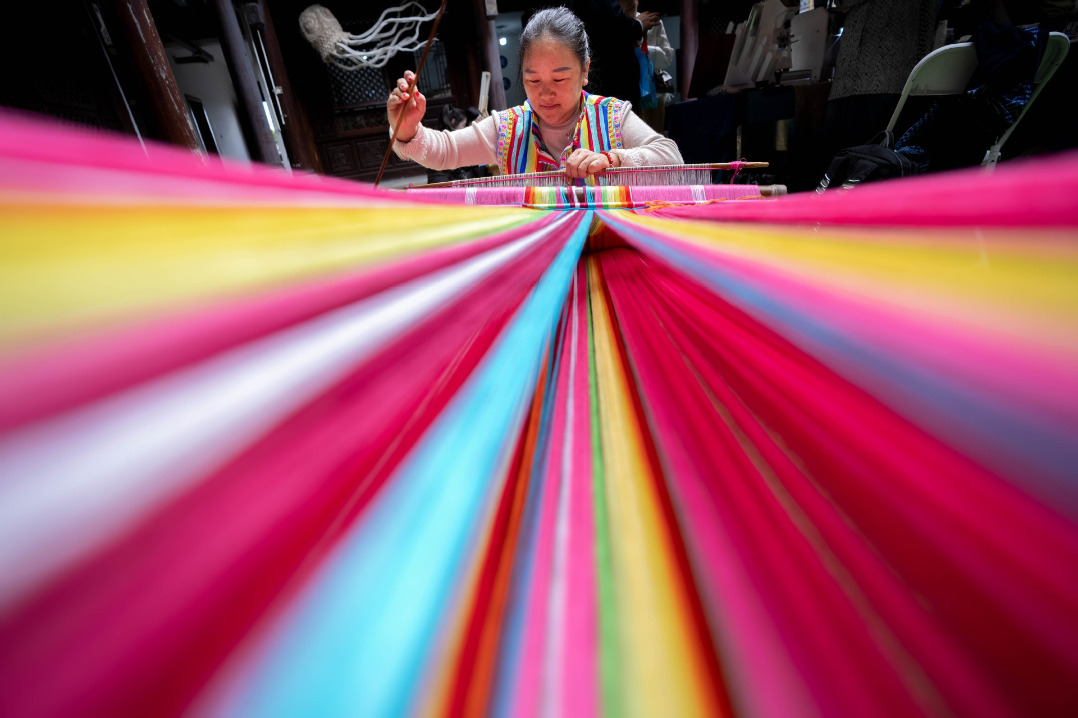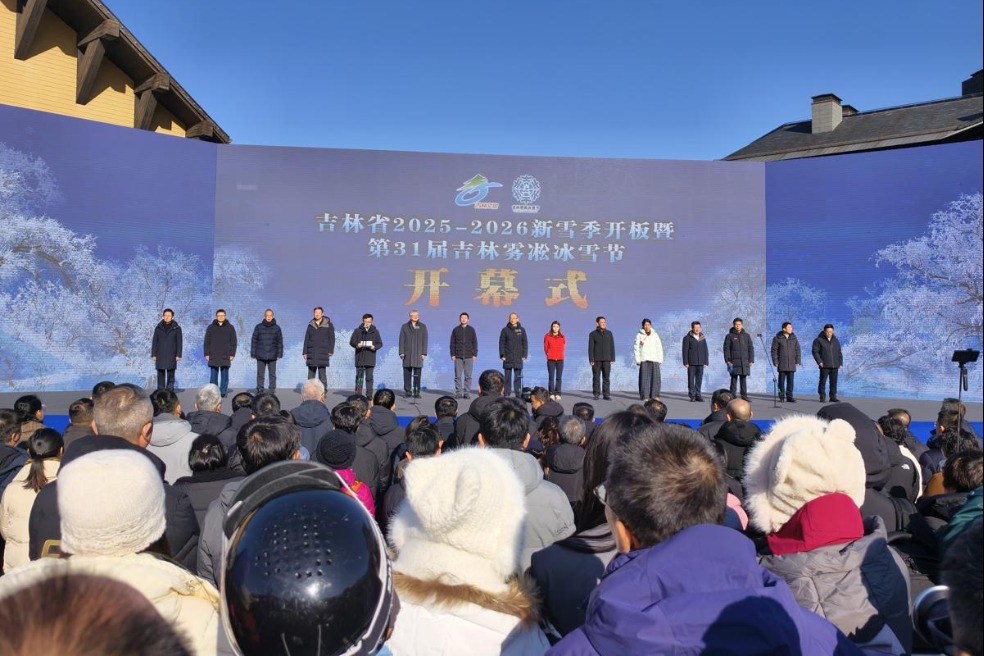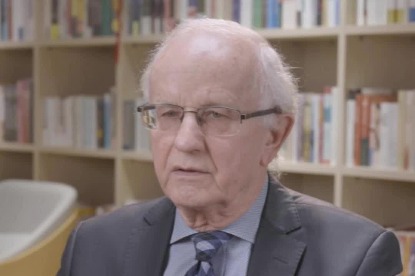First domestic robot training base opens


China has opened its first fully independent robot simulation training base in Wuhan, Hubei province, marking a step toward greater technological self-reliance and establishing a domestic platform for developing robotics and embodied intelligence systems.
On Oct 28, the government of Wuhan's Dongxihu district signed a cooperation agreement with Motphys, a technology company specializing in real-time motion-physics simulation engines, to build the training base. It went into operation two days later, aiming to break a longstanding foreign monopoly on robot simulation and support a homegrown "robot school" for the global embodied intelligence industry.
Robots are typically trained using two types of data: real-world data and simulation data. Realworld data is high-quality but costly, slow to collect and limited in variety. Simulation data, produced in virtual environments, can scale quickly and cheaply but must accurately mimic physical reality to be effective.
"Simulation training serves as a 'virtual school' for robots, enabling them to complete pre-job training in a simulated environment before taking up their posts," said Cui Hanqing, founder of Motphys.
At the core of such training is the physics engine, the technology that replicates real-world physical laws in digital space. Global giants such as NVIDIA and Google have long dominated that field.
Powered by Motphys' proprietary MotrixLab platform, the new base can recreate everyday environments such as supermarkets, warehouses and kitchens, as well as specialized settings including precision workshops and disaster sites. These digital scenarios allow robots to learn and adapt across a wide range of tasks, boosting both accuracy and intelligence.
A demonstration showed seamless integration between virtual commands and physical execution. Participants wearing virtual reality headsets manipulated objects in digital environments while corresponding robots in the physical space instantly mirrored their actions — from selecting beverages in a simulated supermarket to folding blankets in a virtual bedroom.
Cui said the platform enables robots to learn across thousands of scenarios at the same time, significantly accelerating development and reducing costs.
Several leading Chinese robotics companies — including Unitree Robotics, Booster Robotics and Noetix Robotics — are using the platform. Their robots have shown improved real-world performance after undergoing virtual training, according to the company.
Cui said Motphys insists on building its technology stack independently. "Every line of code, every tool chain, every data pipeline is independently developed," he said. "Only through independent research and development can we achieve sustainable iteration and adapt quickly to China's specific industrial needs."
The project reflects China's evolving approach to technological development, combining government coordination with market-driven implementation. During the launch event, Motphys signed cooperation agreements with multiple robotics firms and clients. Chinese universities, including Peking University and Harbin Institute of Technology, have incorporated the platform into their research programs.
Motphys plans to establish its Central China headquarters and an R&D center in the district, creating a dual-center strategy with Beijing to build an innovation hub with nationwide influence and global reach.
"I value the district's industrial ecosystem in cybersecurity and embodied intelligence, its forward-looking planning, and its top-tier business environment," Cui said. "Data security is essential for embodied intelligence. Being based in Dongxihu, home to the national cybersecurity base, is an optimal choice for us."
The simulation base is also part of Wuhan's push to grow its robotics industry. Xiang Jianhua, a junior official at the district's industrial development office, said authorities are building complete industrial ecosystems.
"From data collection and algorithm development to hardware manufacturing and application deployment, we're creating the conditions for clustered innovation," Xiang said.




































